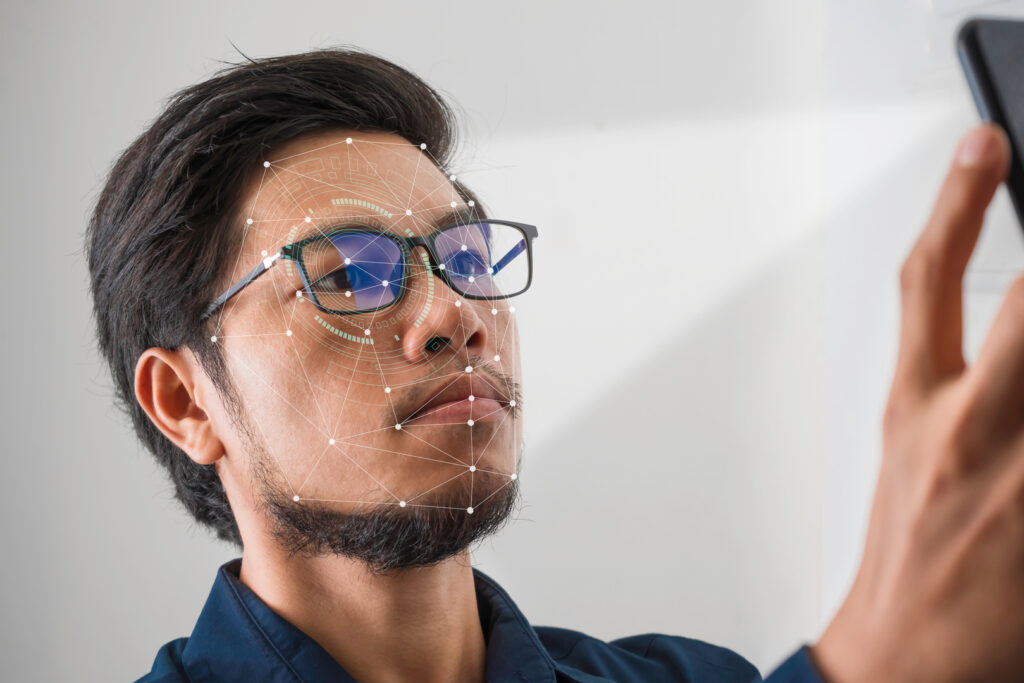
Video surveillance for office. 11 tasks + 5 pitfalls
Video surveillance for office. 11 tasks + 5 pitfalls
Studies carried out during 2015-2020 showed that about 80% of companies in the world are monitoring their employees. At the same time, 40-60% of them control work computers, and about a third of organizations are limited to video surveillance systems and access control systems. In addition, 30% of the total number of respondent firms use a wide range of technical means to control and monitor offices. This is what our article is about.
TOP-11 main tasks of office video surveillance
Video surveillance for an office (the number of equipment, coverage area) is determined by various factors, taking into account the tasks set by the management before the implementation of a monitoring system.
Video surveillance systems for an office are designed to solve the following tasks:
- Ensuring the physical safety of employees.
- Control of office property, documents and funds.
- Monitoring the arrival/departure of staff members, violations of attendance at workplaces.
- Monitoring visitors to the office, including counting visitors.
- Psychological impact in order to motivate and comply with regulations.
- General increase in labor efficiency. Read the article “Video analytics: work process control“.
- Identification of emergency situations and rapid intervention.
- Proactively solving security problems using predictive video surveillance capabilities.
- Resolution of controversial and/or conflict situations through video recordings.
- Saving the organization’s budget by reducing the staff of guards and managers.
- Optimization of the office as a whole, which affects the growth of competitiveness and profit of the enterprise.
Typical office project
At the design stage, a number of issues must be taken into account in the system, such as:
- what are the office hours?
- how is the access system carried out (through a security guard, recording data in the log, presenting a pass)?
- how many employees are surveilled?
- how many outsiders visit the office every day? Do you need a visitor counting function?
- do you need audio recording?
- what will be the way of storing the data? The most optimal is cloud storage;
- is there a need for filming small details?
- how to direct cameras (to PC screens, general panorama)?
- do you need face recognition and black and white lists?
- do you need fast alerts on violations?
The project also should imply the possibility of integrating a video surveillance system with access control systems and alarm sensors, as well as combine all cameras into a single reliable system.
Faceter
Pay attention to video surveillance for offices from Faceter. Experts will help you design the best video monitoring option depending on your personal preferences.
Read about all the possibilities of video surveillance for solving business problems in offices and organizations at https://faceter.cam/en/for-office.
Employer’s responsibility
A legally installed video surveillance camera in an office is an open type of surveillance, organized in compliance with current regulations, namely:
- local document defining the procedure for conducting video recordings, the method and period of storage of the archive, as well as a list of responsible persons;
- each office employee must familiarize themselves with the document and give written consent to the processing of personal data and video filming;
- video surveillance warnings (text and/or graphic signs, posters, announcements) must be posted on the office premises.
Camera installation locations
For the effectiveness of office video surveillance, specialists place cameras in the following places:
- entrances and exits, as well as foyers and lobbies;
- elevators, stairs/landings;
- server, archive rooms;
- premises, unauthorized entry into which can cause significant damage to the organization;
- places of storage of funds (cash desk, safes);
- meeting rooms;
- workrooms;
- adjacent territories, parking.
TOP-5 prohibited methods of monitoring employees
Undoubtedly, control over personnel is one of the most important functions of management, and reasonable control disciplines employees. However, some employers go overboard with surveillance, turning it into unauthorized surveillance.
TOP of the most unacceptable methods of monitoring employees:
- Hidden installation of background programs, streaming video from a PC (online), video recording of screens and screenshots. Installing spyware without the consent of employees. (ActivTrak, Hubstaff, Staffcop, Kickidler, Teramind).
- Unauthorized control of the microphone and camera on the employee’s work computer (Stakhanovets, XSpy).
- Keyloggers, which means tracking and recording of all actions on the keyboard (pressed buttons). This is done by programs such as Kickidler, Hubstaff, Intergard, Work Examiner.
- GPS tracking. The key point is that the employee is unaware that their movements are being recorded by a program.
- Video surveillance in bathrooms, which is a gross and unacceptable violation of privacy, and is therefore punished with criminal liability.
TIP: be careful and pay attention to newly installed programs. If you see one of the above programs, be aware that you are being spied on, which is completely unacceptable in a workplace. Video surveillance in the office must be open.
Instead of a conclusion
An office camera increases employee productivity and prevents insider threats, while end-to-end office video surveillance plays a key role in optimizing work processes. It is advisable to pay attention to intelligent analytics, which helps in solving business problems.














